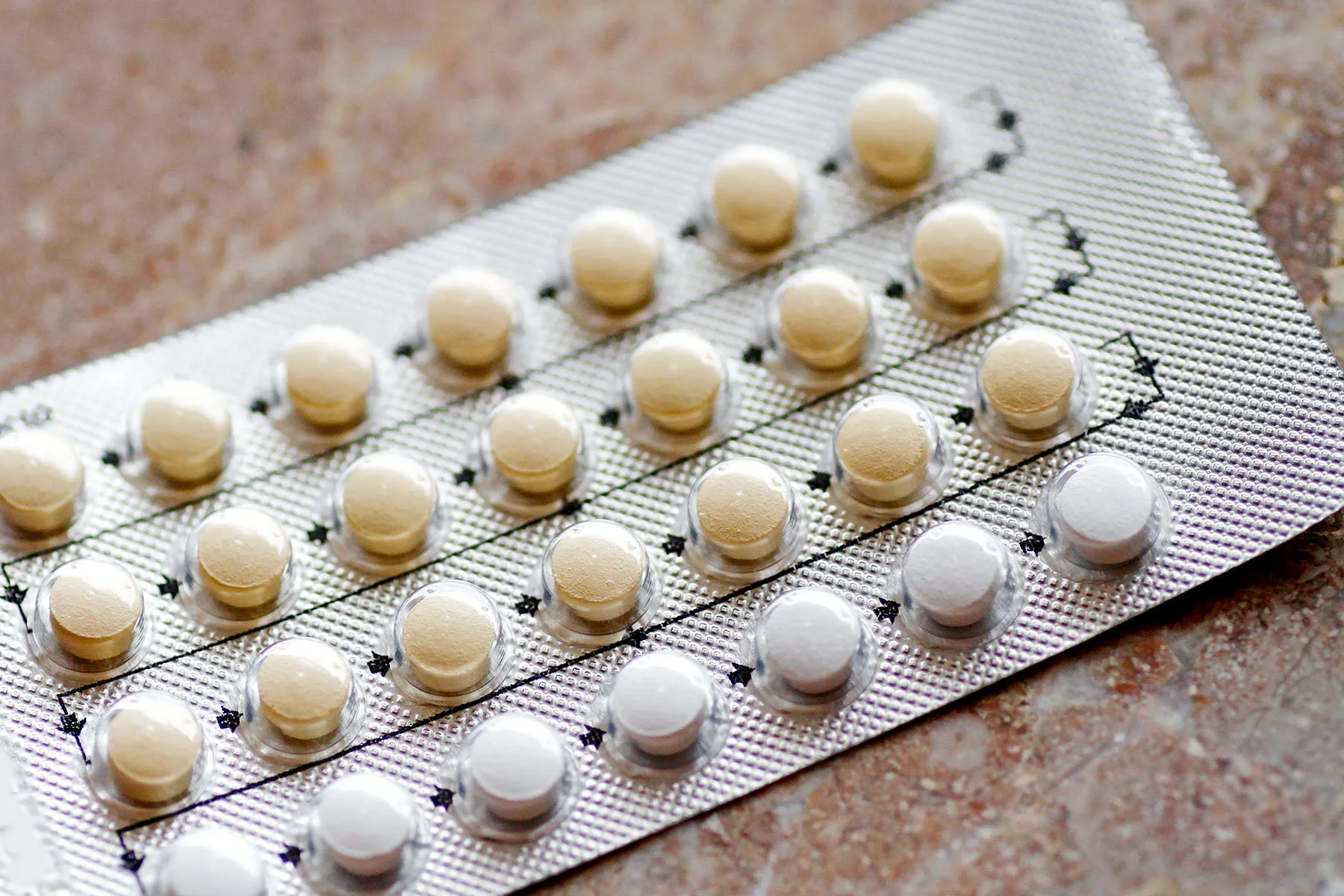Myasthenia Gravis and Exercise: How I Found Balance
By Charlotte Laycock, as told to Keri Wiginton
One year before I summited one of the world’s tallest mountains, a doctor told me I might never exercise again.
Unlike most people, I didn’t start climbing Mt. Kilimanjaro with the summit in mind. That’s because I have myasthenia gravis (MG). And while my disease is fairly stable these days, MG is unpredictable. My goal was to put one foot in front of the other each day.
I can’t easily describe what it felt like to look out on the world from a height of nearly 20,000 feet. There was some relief and exhaustion. Not MG exhaustion, just normal human tiredness. And I had a sense of elation. I’d just smashed everyone’s expectations, including my own.
Exercise and My MG Symptoms
I’m 34, and I’ve always been incredibly active. But a few years ago, I went to do a sit-up and my neck suddenly felt weak. I thought I’d pulled a muscle and it would get better on its own. But the symptom stuck around, and then I started to have trouble swallowing. Some evenings I struggled to speak.
I had no idea what was going on, but I blamed my muscle problems on stress. Stress because of the pandemic. Stress because of work. Stress because I’d just been broken up with. And for a while I just worked around my weakness, thinking one day I’d wake up feeling better.
I found that midday exercise boosted my strength. Most days I’d go for a run, followed by a big lunch. But then one night I ate a bowl of mussels. And when I swallowed, the mussel juice came out of my nose instead of going down my throat. That’s when I realized I was in trouble and needed medical help.
The first doctor I saw agreed with my original thought about stress. No one mentioned MG. They urged me to go on holiday, which I did. I went to Dubai, where I caught COVID.
One day while I was sick, I woke up with the whole right side of my face drooping. My eyelid sagged. I couldn’t smile. I could barely open my mouth to get liquids in. And when I called my doctor back in England, she said, “I think I know what you have. And you need to come back right now.”
But I stayed in Dubai for an extra week after my COVID symptoms passed. And I kept exercising because it helped me function. By this point, I had to go to the gym every day in order to even eat soup.
Shortly after I returned home, I found out I had MG along with a thymoma, or a tumor on my thymus gland. My doctor started me on pyridostigmine (a muscle-strengthening drug) and told me I would need a thymectomy.
I read a lot about MG after my diagnosis. I came across the general idea that repetitive movements can bring on symptoms of weakness and fatigue, and some people may get tired after too much exercise. I didn’t find an explanation for what I was experiencing, but I couldn’t shake the feeling that cardio was somehow counterbalancing some of my symptoms.
Even though I didn’t know anyone else with MG who exercised as much as me, I carried on running and going to my high-intensity interval-training (HIIT) classes.
At one point, I ran to my neurologist’s office and showed up in my workout gear. I hadn’t run far, about a mile and a half. But he sat me down and told me I absolutely couldn’t do that anymore. I said of course I can run. I feel better when I run. But he warned me that physical activity would only weaken my muscles.
I’ve since learned that exercise (within your limits) can be good for people with MG. But I was devastated at the time. I got scared and thought I might wither away.
Finding My Balance With Exercise
Being active is part of who I am. I’ve run marathons and climbed mountains for much of my life. And I wasn’t ready to give that up, at least not with medical proof that what I was doing was dangerous.
It’s because of exercise that I made it through my diagnosis and out the other side with my well-being intact. And so, against my original doctor’s advice, I kept running. Even the night before surgery to remove the tumor on my thymus gland, I ran a 10k.
My first doctor and I clearly weren’t on the same page about my condition. We didn’t agree on lifestyle changes or treatment. I decided to switch to another neurologist, and I’m glad I did. Because my first question to her was, “Can I exercise?” And she assured me that running or climbing mountains or doing HIIT classes wouldn’t hurt my muscles.
I could do whatever activities felt good for me, she said, but I should stop if I got tired. The only thing she told me not to do is climb Mt. Everest, which I think is fair enough.
How to Exercise Safely
This disease affects everyone differently. My symptoms tend to flare up most when I get sick or have an infection, not when I do aerobic exercise. My medical team isn’t quite sure why I can still run marathons and do other intense exercises without problems.
But it’s important to take things slowly if you’re new to exercise. Your chances of an MG flare or crisis go up if you try to do too much too fast. Talk to a supportive MG doctor about how to bring safe movement into your daily routine.
I usually tell people with MG to start by going for a walk down the street or to the local park. The next day, go sit on a bench that’s further along. Take it literally step by step. If you’re doing well, great. Keep going. But it’s key that you listen to your body and understand your limits.
If I’m having an off day, I don’t go for a long run or hit the gym. I’ll go for a walk instead. And I know I can’t lift heavy weights over my head or do yoga that uses a lot of upper body strength. If your arms are weak, you may face plant on the floor. I’m a certified yoga instructor, and I’ve done that a few times.
And I wouldn’t have hesitated to turn around on the mountain if my body showed signs of an MG flare.
Summiting the Mountain
I booked the trip to Mt. Kilimanjaro before my diagnosis, and I considered canceling it. But I felt pretty confident I could do it because both my neurologist and surgeon helped me prepare for the trip.
My medical team and I wanted to make sure my symptoms were stable before I left. We spent months fine-tuning my medication and testing my body in all sorts of situations. I even put myself in an altitude chamber to see what would happen to my muscles with less oxygen.
I wouldn’t have step foot on the mountain without the approval of my medical team. And I carried muscle-strengthening drugs in my coat pocket during the climb, just in case. I never needed the pyridostigmine, but there were moments of concern.
For instance, the night before you summit, you’re up high. You’re past the point where a helicopter could pick you up and fly you to safety. But even if someone could’ve helped me off the mountain, I was in Tanzania. Would there be any doctors familiar enough with MG to treat me?
At the same time, I know my limits. I took stock of my symptoms every evening. How did I feel? Are my meds working? Am I regular-tired or MG-tired? Though once I left my tent on summit night, I knew every step up would take me further away from the safety of camp.
But on that final climb in the dead of the night, I looked up to where the peak should be. What struck me wasn’t a visible outline of the mountain, but the lights shining from other hikers. I couldn’t tell where their head lamps ended and the stars began. It honestly felt like I was walking in the sky.
The sun rose just as I reached Stella Point, one of three summit points. I collapsed with exhaustion, but not from MG. Then I picked myself up and kept going.










